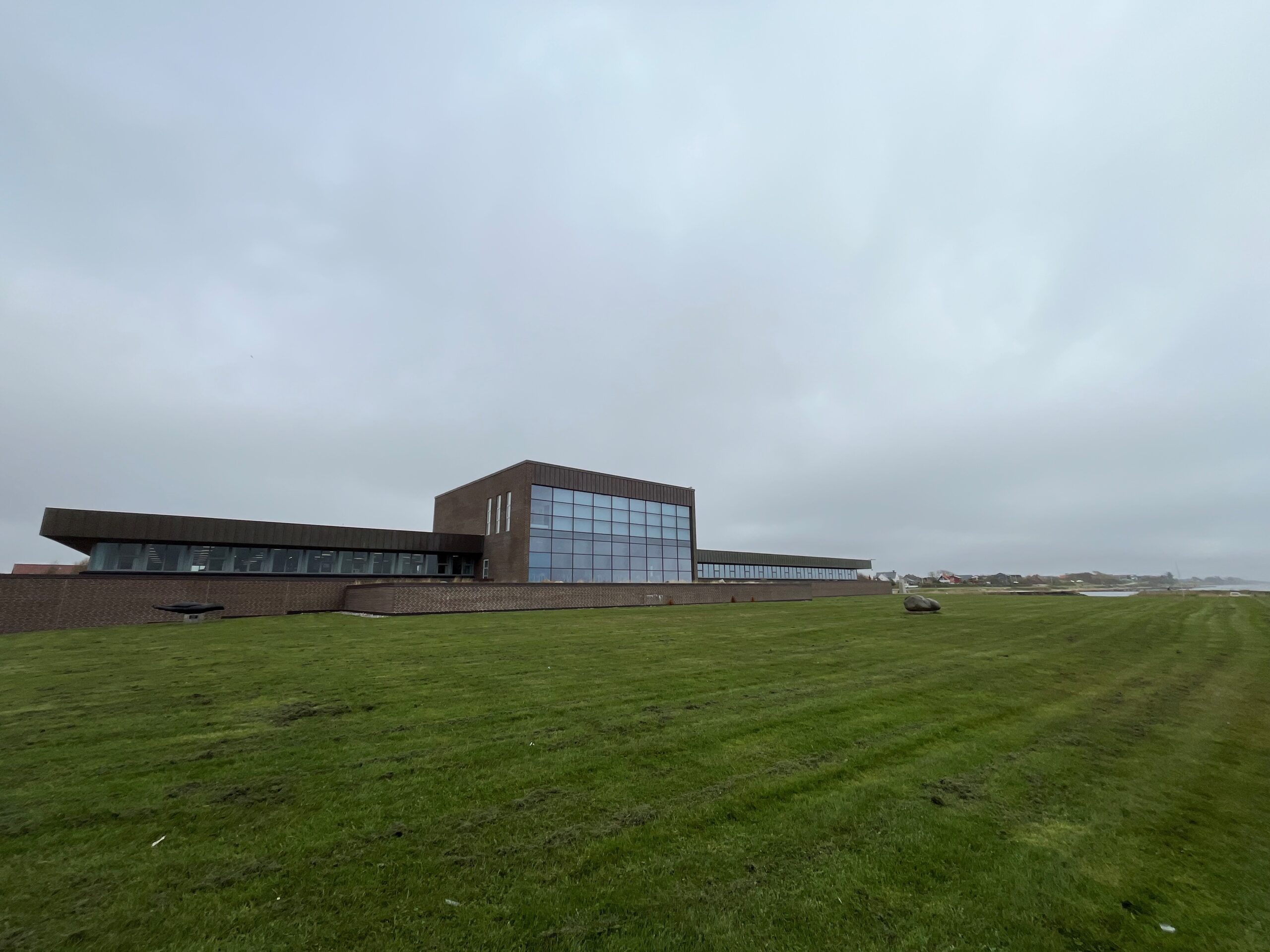Aarhus and east Jutland are the main culprits when it comes to right-wing extremism, according to a new report published by the Social and Integration Ministry.
The report, written by Chris Holmsted Larsen, a PhD student at Roskilde University, gives a detailed overview of the status of extremism in Denmark, including an analysis of the various extremist groups and their range of influence.
The report, entitled 'Political extremism in Denmark' suggests that traditional right-wing radical groups, such as White Pride and Vederfølner, have a strong position in Aarhus and Jutland while left-wing groups, such as the Antifascistisk Aktion and the Libertære Socialister, mostly operate in the Greater Copenhagen area.
“For years, Aarhus has been the home for a long list of right-wing extremist groups and individuals who have gotten attention for violence against political opponents and for various forms of political vandalism,” Larsen wrote in his report. “The racially-inspired attacks are often spontaneous, while the political attacks seem more coordinated.”
Larsen also conveyed that Aarhus is usually also the battleground when the right and left-wing extremists confront each other, and that they both have strongholds at opposite ends of the country. This was seen most recently on March 31, when the city hosted the European Counter-Jihad Meeting – organised by British anti-Islam organisation the English Defence League (EDL). At that event, counter-demonstrators – including a couple of hundred black-clad anti-fascists – far out-numbered the right-wing group.
“The right wing movement is primarily active in the rural areas, and especially Aarhus and mid-Jutland suffer from political violence,” Larsen wrote. “The conflict between the right and left wings has encouraged this geographic development, where the extremist right are mostly active in the rural areas while the left wing groups have a strong base in the capital region.”
Larsen also wrote that the best way to stop the rise of extremism is to get to the youth, who usually don’t have many resources, in good time to prevent the extremist groups from recruiting. Additionally, he said it is essential that domestic intelligence agency PET come to grips with the groups to avoid more violence.
The social and integration minister, Karen Hækkerup (Socialdemokraterne), said that she was pleased with the efforts of PET, but still found the report's findings useful in combating the serious threat of extremism.
“Denmark has a leading role when it comes to preventing extremism,” Hækkerup told Jyllands-Posten newspaper. “And we use internationally-praised methods where we have direct contact with the youth and help them out of the extremist environments.”
Larsen agreed that Denmark already puts a lot of effort into stunting extremism, but indicated that a strengthening of the factual knowledge of the extremist environment and the dynamics within would create a solid foundation for an evaluation of these efforts.












